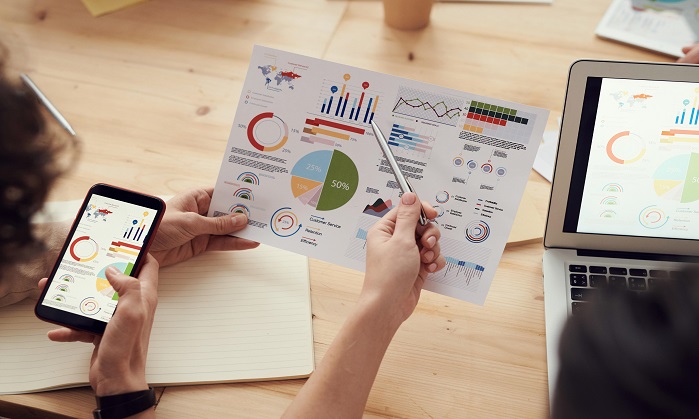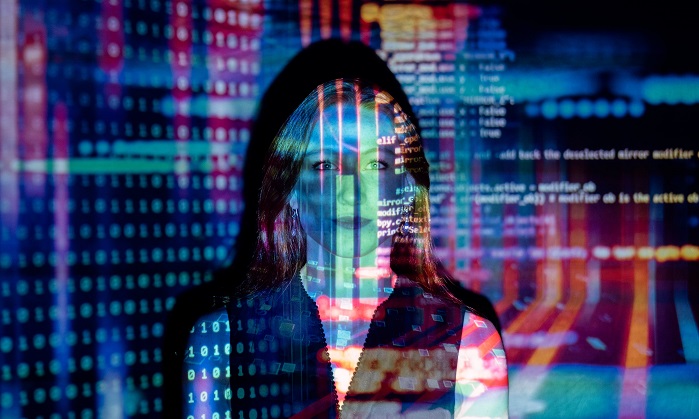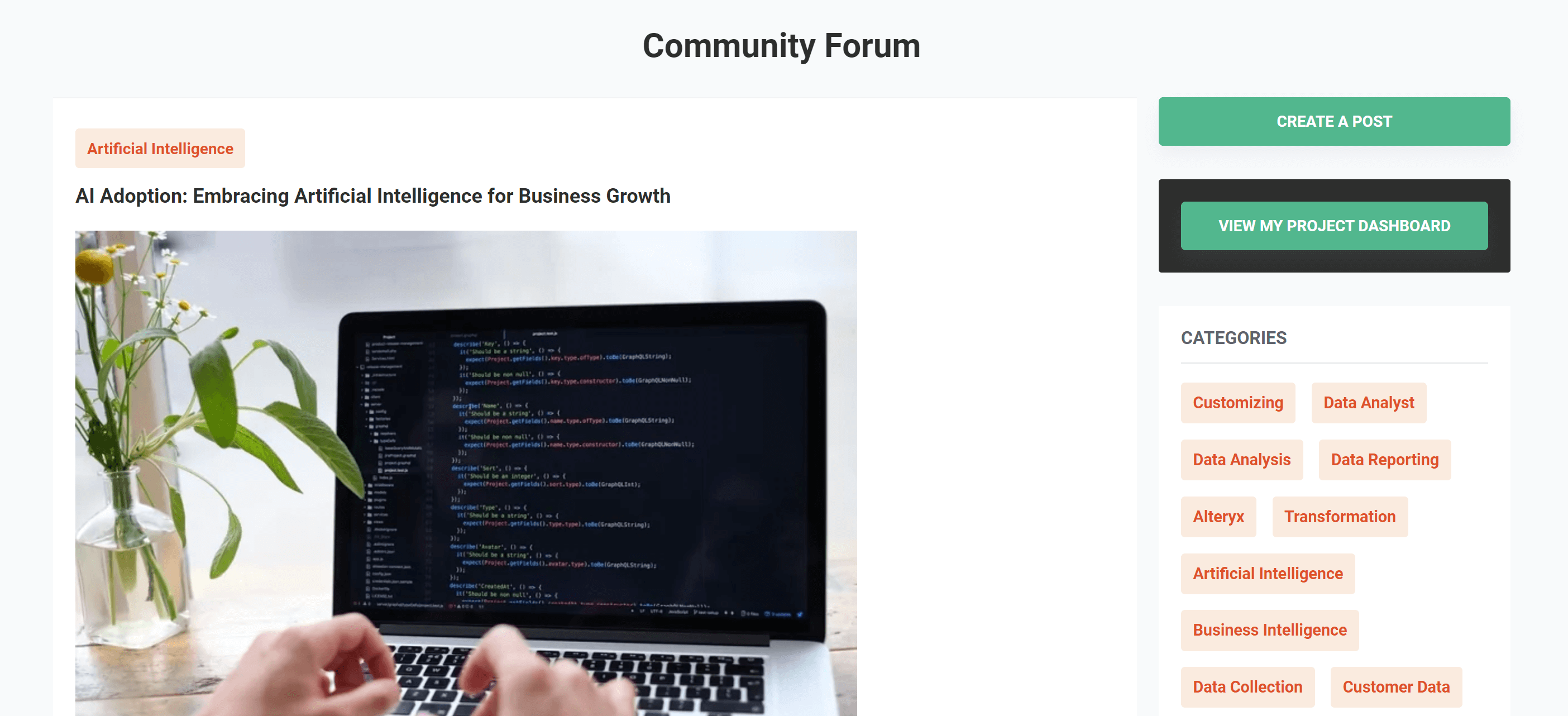AI in Robotics: Enhancing Automation and Human-Machine Collaboration
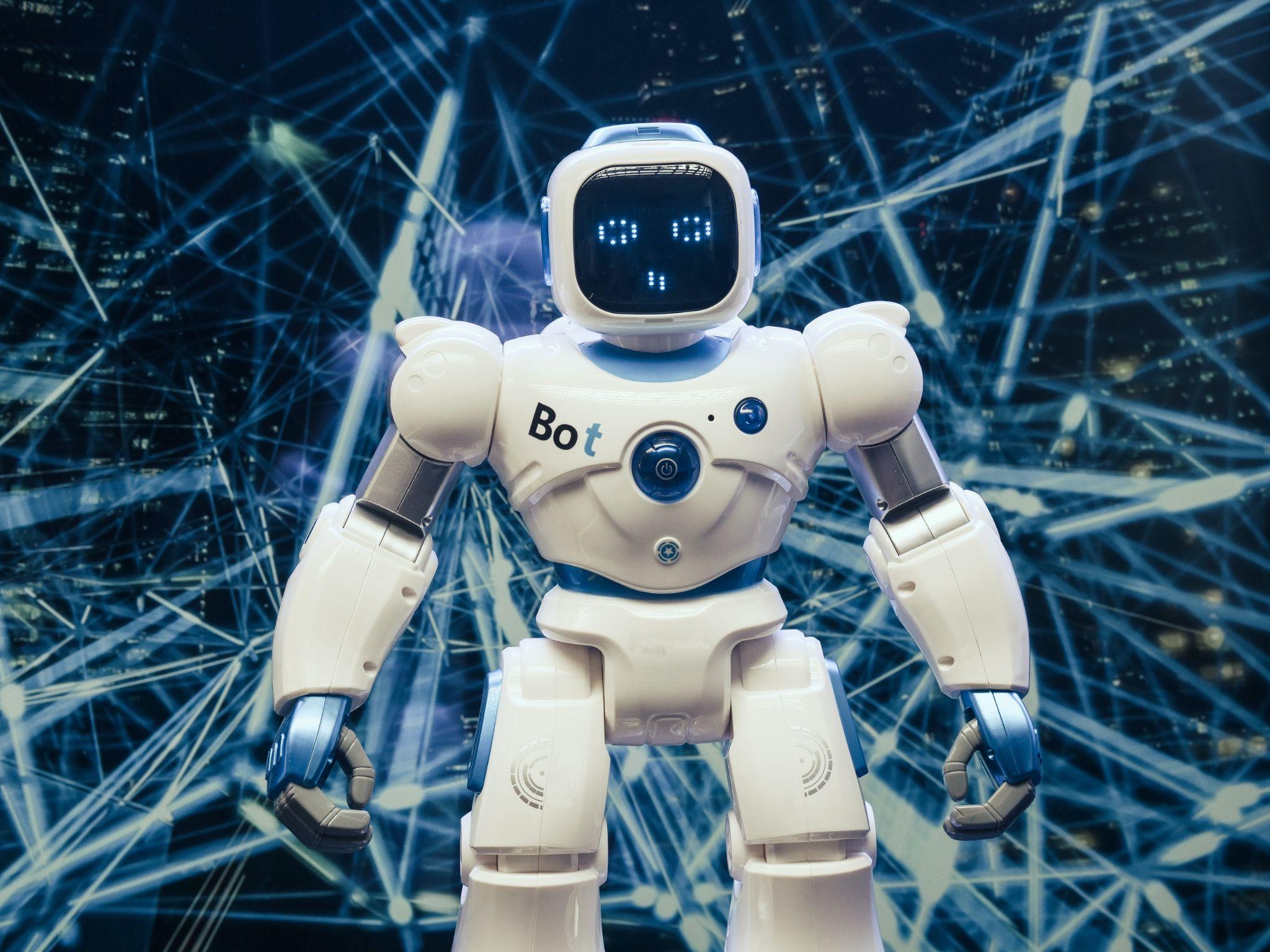
Artificial Intelligence (AI) and robotics, two fields that once seemed to belong solely to the realm of science fiction, have now become an integral part of our everyday lives. The integration of AI into robotics has not only revolutionised the field of automation but also redefined the dynamics of human-machine collaboration. This fusion has ushered in a new era where machines can learn, adapt, and even make decisions, transcending the traditional boundaries of automation.
The advent of AI in robotics has brought about a transformative shift in the technological landscape. It has opened up a world of possibilities where machines are no longer confined to rigid, pre-programmed tasks. Instead, they are capable of evolving and adapting to new situations, thereby enhancing efficiency and productivity across various sectors.
The AI-Driven Transformation of Robotics
AI, with its multifaceted capabilities, has breathed life into the once rigid and pre-programmed world of robotics. The introduction of Machine Learning (ML) and Deep Learning (DL) algorithms has enabled robots to learn from their experiences, adapt to new situations, and make informed decisions.
For instance, in the manufacturing sector, AI-powered robots can identify and rectify errors in real-time, thereby reducing downtime and increasing productivity. They can also adapt to changes in the production line, making them invaluable assets in dynamic industrial environments.
Moreover, the use of AI in robotics has led to the development of autonomous robots. These robots can navigate complex environments without human intervention, making them ideal for tasks that are dangerous or inaccessible for humans, such as disaster response or deep-sea exploration.
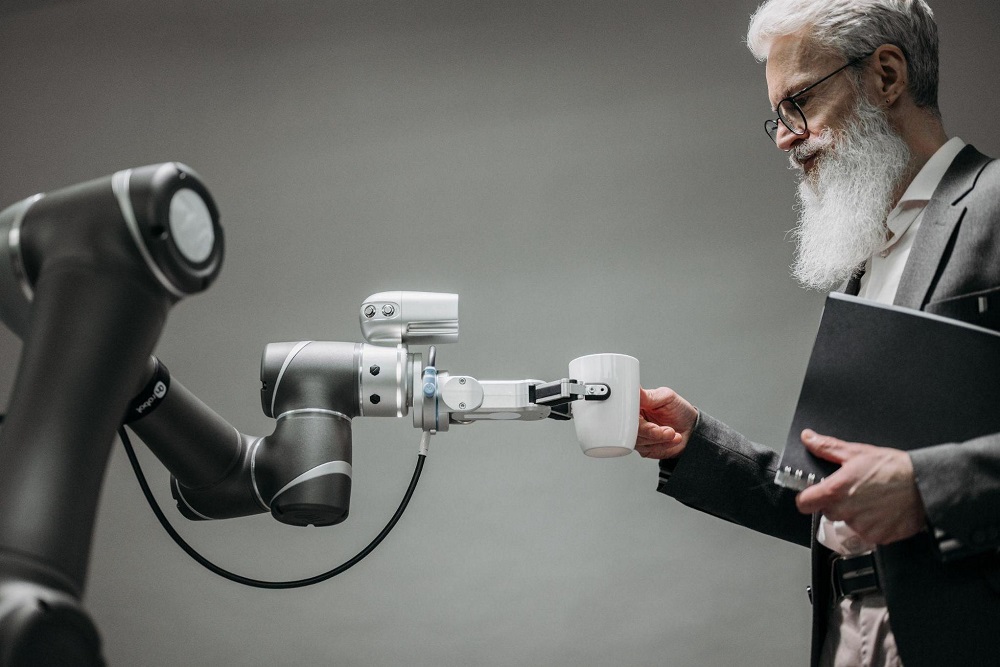
Enhancing Human-Machine Collaboration
AI in robotics has not only enhanced automation but also transformed human-machine collaboration. With AI, robots can understand and respond to human actions and emotions, leading to more intuitive and effective collaboration.
In healthcare, for instance, AI-powered robots can assist surgeons during complex procedures, providing precision and stability that surpass human capabilities. They can also understand patient needs and provide personalised care, improving patient outcomes and satisfaction.
In the workplace, AI-enabled robots can work alongside humans, taking over repetitive tasks and freeing up humans to focus on more complex and creative tasks. This symbiotic relationship between humans and machines can lead to increased productivity and job satisfaction.
The Future of AI in Robotics
The future of AI in robotics is incredibly promising. As AI continues to evolve, we can expect to see robots that are even more intelligent, adaptable, and capable of complex decision-making. These advancements will further enhance automation and human-machine collaboration, leading to unprecedented levels of efficiency and productivity.
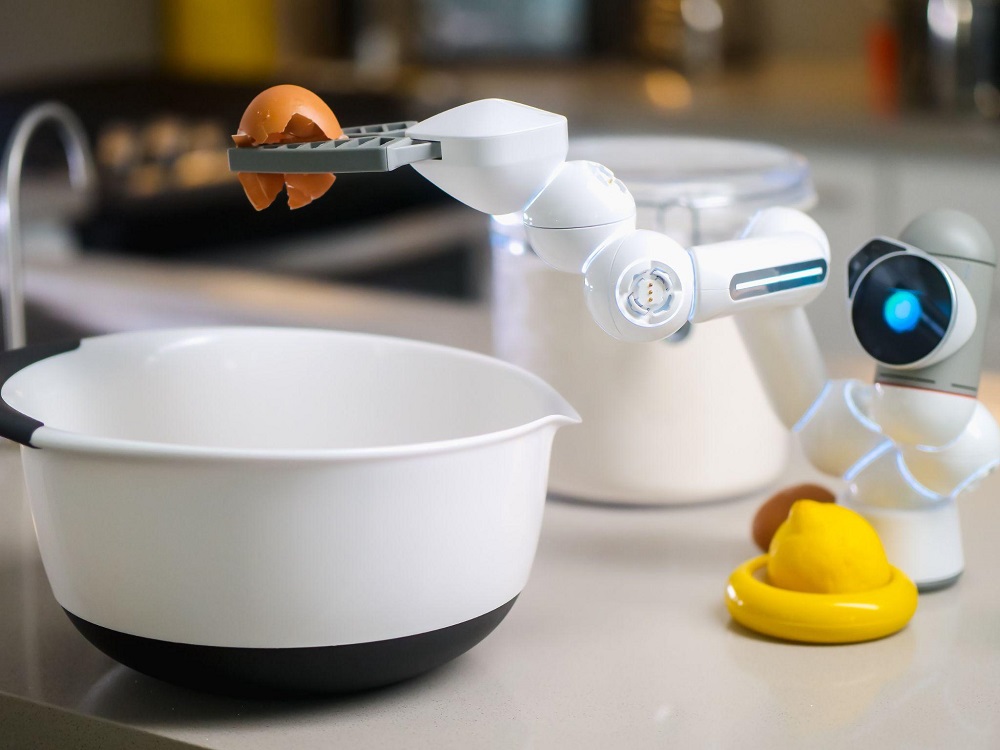
Moreover, as AI becomes more integrated into robotics, we will likely see a shift in societal norms and attitudes towards robots. Robots will no longer be seen as mere tools, but as intelligent entities capable of collaboration and interaction. This shift will have profound implications for various sectors, including healthcare, manufacturing, and education, among others.
Fostering Innovation in AI and Robotics
In this exciting new era, we at Pangaea X are dedicated to fostering innovation and knowledge exchange. As a pioneering platform, we connect AI and data science enthusiasts, professionals, and businesses, providing a space for learning, collaboration, and innovation. Our mission is to fuel the growth and development of AI and data science across various sectors, including the transformative potential of AI in robotics.
Get your data results fast and accelerate your business performance with the insights you need today.

